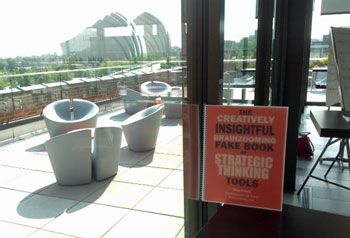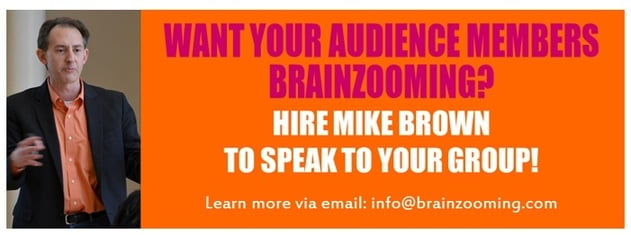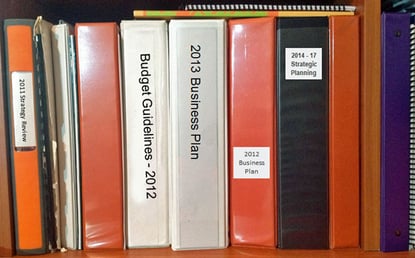Between working with smart consultants at A.T. Kearney and spending time at the Arizona State University Center for Services Leadership on multiple occasions, I became immersed in the concept of "high performing customers."
As shared in a previous post, I obviously had some notion of making others "high performing" early in life. These later influences, however, provided a way to envision and define the concept more formally. You can think about creating high performing customers as anticipating what people taking part in a process might need to learn, know, or do, as well as how they need to adapt and behave so the process owner can deliver the greatest value.
Think about the vocabulary and process Starbucks uses to keeps its lines moving as smoothly as possible; that’s what we’re talking about with this concept.
7 Questions for Creating High Performing Customers
High performing customers have been at the forefront of my thinking while developing a new stream of Creating Strategic Impact content for a client workshop. While the workshop is rooted in strategic thinking, the focus is heavy on how to adapt a strategic planning process so the Marketing team can better facilitate annual planning.
If you have responsibility for designing, developing, or improving a process (especially related to strategic planning), here are seven questions to explore before you begin your task:
- What do participants know right now, and what do we need them to know?
- What strengths do they already have that will boost their success?
- How can we compensate for their weaknesses by changing the process or bringing other resources to them?
- How should the process be designed to keep them engaged (mentally, emotionally, socially, physically, etc.) as long as needed?
- Are the participants pretty much the same, or do some of them have materially greater or lesser likelihoods of success?
- In what ways can we involve participants with the highest likelihood of success to shape and/or help carry out the process for others?
- In what ways will other processes they are involved with affect their success?
The answers to these questions are tremendously helpful in thinking about processes from a user’s perspective to help design something that sets them up for success.
How We Apply these Questions to Strategic Planning Process Design
When I tell people we design planning processes to suit a client’s situation, as opposed to introducing a standard process, they must wonder what that means exactly.
Our strategic view is it's easier to change what we do to help participants perform as needed, than deal with the frustration and challenges of putting them through a strategic planning process that is ideal for us, but doesn't work for them. This distinction is at the heart of how we approach strategic planning.
If you're up for it, let's talk about what this concept might mean for planning at your organization. – Mike Brown





